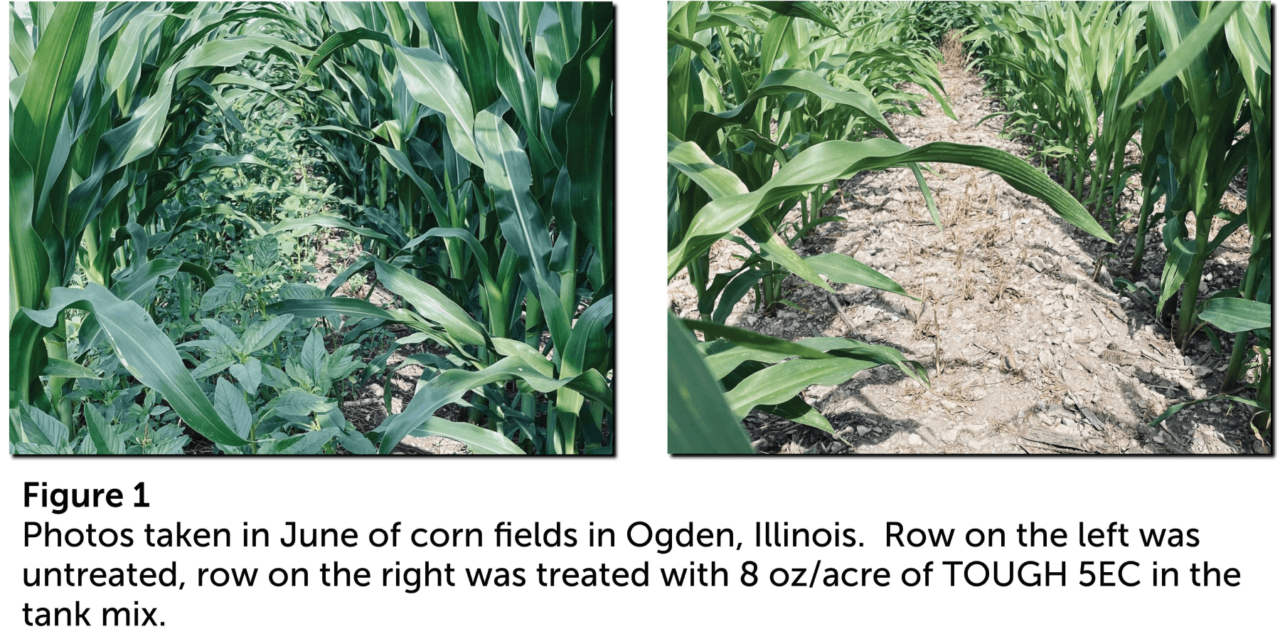RFA: Renewable Fuels Standard Overestimates Potential Emissions
Further analysis of EPA’s Renewable Fuels Standard (RFS) reveals more errors in the agency’s calculation of corn ethanol and other biofuels’ carbon intensity, according to new analysis by the Renewable Fuels Association (RFA). In a letter to EPA sent on August 4, the RFA points out that “according to [EPA’s] own analysis, EPA grossly overestimated potential emissions from land use change (LUC) attributable to the [greenhouse gas] lifecycle of corn ethanol and other biofuels.”
Correcting this error, as RFA points out in its letter, would greatly increase the greenhouse gas reduction benefits offered by ethanol under EPA’s calculations. “Correcting this miscalculation reduces net LUC emissions (international and domestic) assigned to corn ethanol by 62% from 28.4 grams of CO2-equivalent/mega joule (g/MJ) to 10.8 g/MJ. Such a reduction in LUC emissions means overall lifecycle GHG emissions for 2022 average corn ethanol would be 38% less than baseline gasoline emissions, rather than the 21% estimate finalized by EPA.” The RFA still maintains that the inclusion of LUC impacts, particularly international impacts over which the U.S. has no control, is flawed policy and that EPA misinterpreted the intent of Congress when it passed the RFS.
In a blog post on the letter, RFA vice president of Research and Analysis Geoff Cooper writes, “Despite the fact that real-world data and events have disputed the ILUC theory at every turn, EPA’s final rule for the RFS2 institutes a net LUC penalty (domestic and international) against corn ethanol of 30 kg CO2e/mmBTU (or 28.4 g CO2e/mega joule). This represents nearly 40% of the total GHG intensity of corn ethanol as estimated by EPA. When LUC emissions are excluded, EPA found corn ethanol from a natural gas dry mill reduces GHG emissions by 50% compared to gasoline. With LUC emissions, that benefit falls to around a 20% reduction.”
This overestimation occurred as a result of the questionable methodological choice EPA made to isolate the LUC impacts of individual biofuels by increasing their production one at a time and holding all other biofuels at constant levels. More appropriately, the RFA notes, if EPA felt compelled by the statute to penalize biofuels for ILUC, it should have based those penalties on modeling that simultaneously increased production for all biofuels in accordance with the RFS requirements.
“Attempting to isolate the potential impacts of individual biofuels results in significantly exaggerated estimates of the overall lifecycle GHG intensity of corn ethanol and other biofuels,” the RFA wrote. “Because the EISA requires increasing volumes of various biofuels simultaneously, EPA should have based its LUC estimates on the scenario results that simulated concomitant increases in the various biofuels required by the [RFS].”
While the RFA letter relates specifically to EPA’s calculation of greenhouse gas emissions, the flaws in EPA’s modeling together with the inclusion of LUC impacts are symptomatic of a larger concern about attempts to limit emission from vehicles by unfairly penalizing biofuels.
(Source: Renewable Fuels Association)






